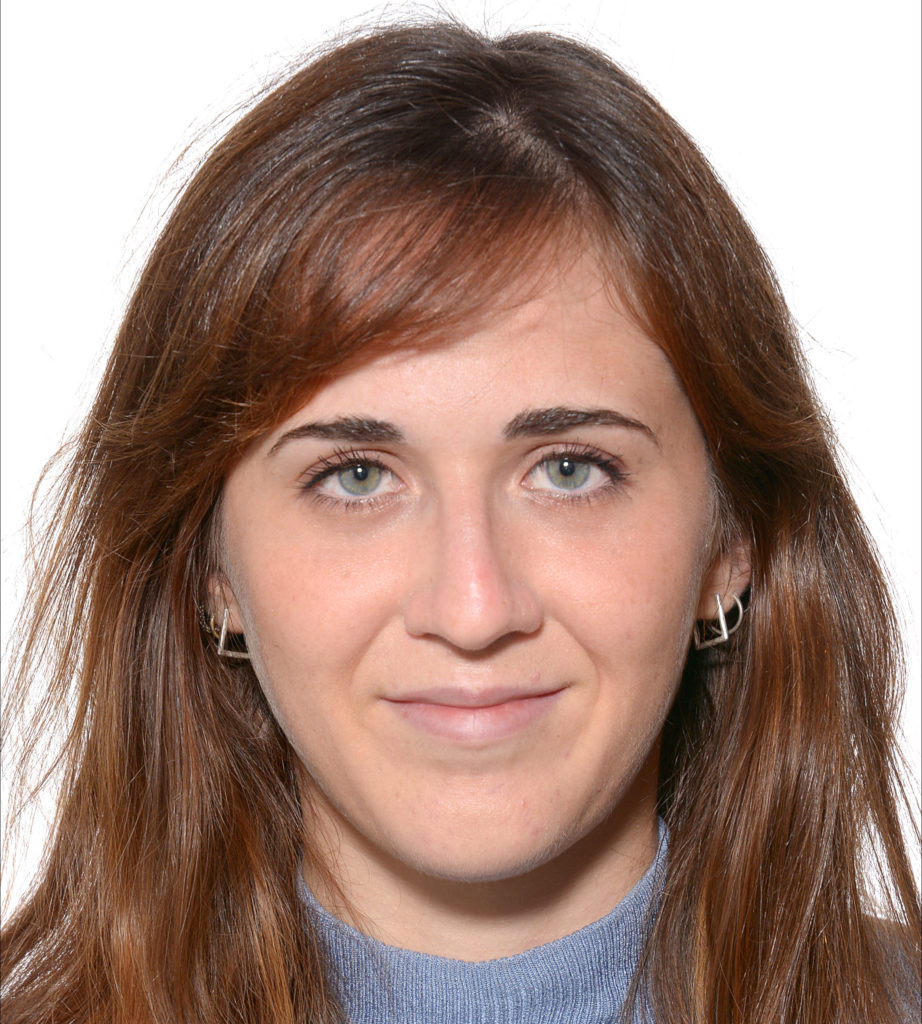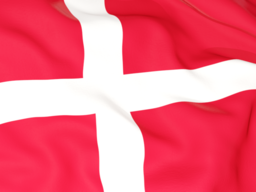
ESR9
Glyco-Modulation of Membranes to Elucidate Host-Parasite Interactions
Ilaria Mainero Rocca
All cells are covered with a coating of complex carbohydrates (the glycocalyx) and many viruses, bacteria and protein toxins produced by bacteria exploit this sugar coating as a means of binding to and entering their target cells. We will elucidate glycosylation patterns present on living cells such as the Red Blood Cell (RBC) surfaces participating in ligand-receptor bindings in pathogenesis of Malaria and Babesiosis (but not limited to). These two diseases caused by infectious parasites (P. falciparum, and B. divergens), transmitted by vectors (mosquitoes and ticks) can lead to severe cases of disease in human hosts, from which a significant number is lethal. Infected RBCs (iRBCs) express variant surface antigens (VSA) of the parasite that presumably adhere to the non-infected RBC glycocalyx enhancing egress and infectivity. These interactions form RBC aggregation structures known as rosettes, leading to disease symptoms. The RBC cell surface glycocalyx is complex and consist of a repertoire of Glycolipids, N-, and O-glycans at various densities. Altogether, it’s a challenging task to sort out specific interactions between infected and non-infected RBCs. To tackle this, we will develop an artificial structurally defined glycocalyx displayed on large cell-sized liposomes (GUVs) as an investigative tool to elucidate the lowest common denominator of the receptor-ligand interactions of P. falciparum and B. divergens. Preliminary data with this novel Glyco-GUV tool provides, for the first time, an opportunity to systematically investigate cell-surface receptor interactions on a cellular level. The work may spur to developments of novel multivalent inhibitory compounds as a potential therapeutic treatment. We will team up with established parasite expert partners from Karolinska Institutet and Lund University as well as the ETN project partners to accomplish this PhD project.

University of Copenhagen
Supervisor: Prof Ola Blixt
